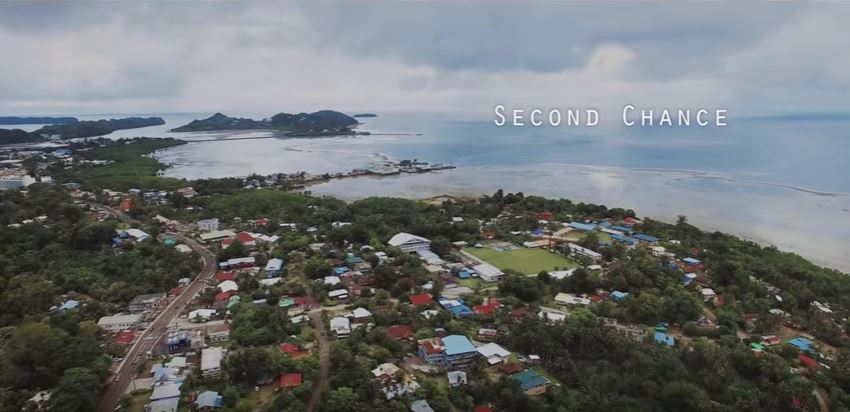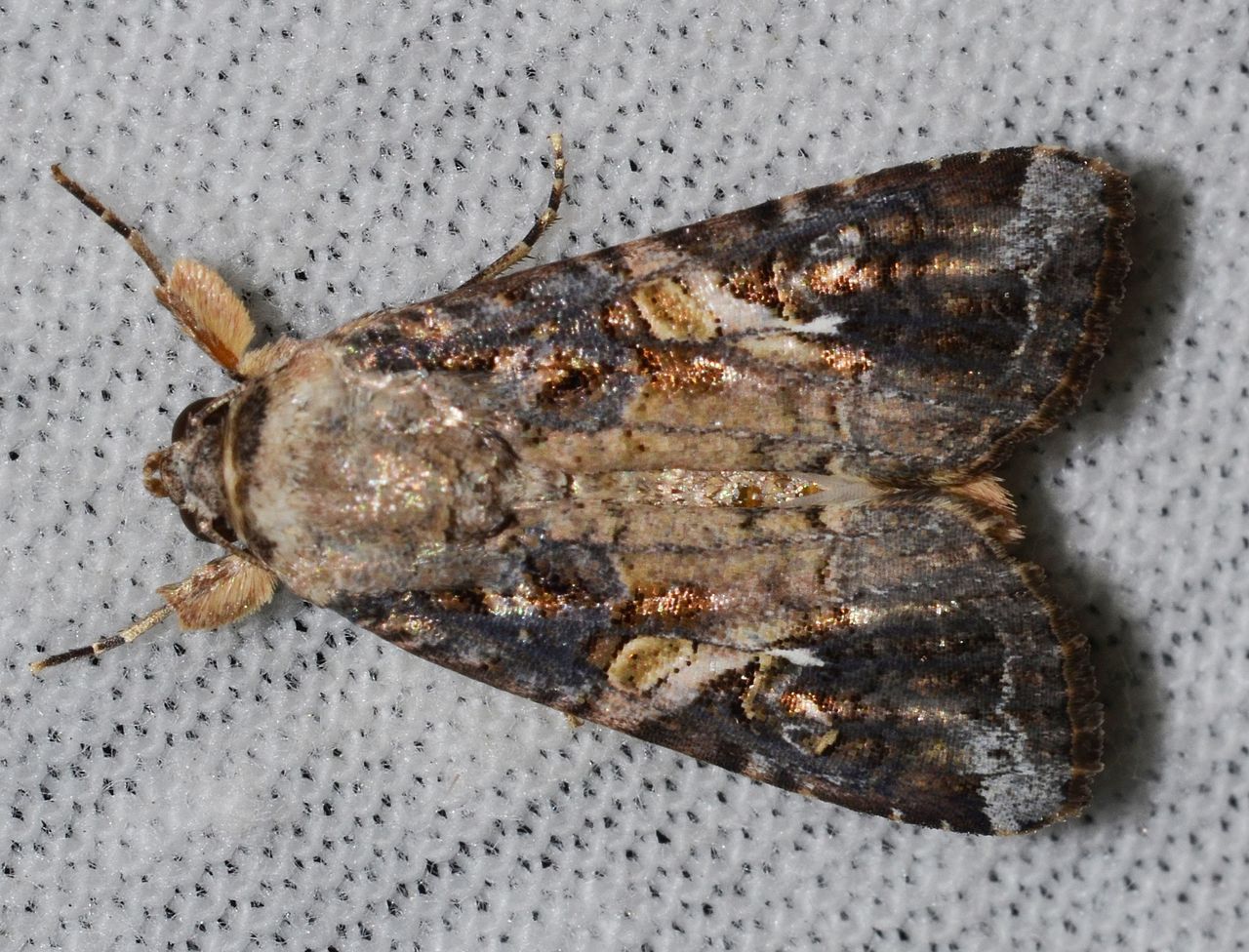
MOFA short film highlights Taiwan’s global health contributions
- News
- 1.8K
A short film focusing on one of the millions of success stories resulting from international medical contributions by the Republic of China (Taiwan) was released May 6 by the Ministry of Foreign Affairs.
Titled “Second Chance,” the video was inspired by the true story of a girl who was brought to Taiwan at 13 months old to receive a liver transplant. Suffering from a potentially fatal ailment, the little girl was given a second chance at life through the successful operation carried out by a Taiwan medical team.
Taiwan is working to make the world a healthier place—one life at a time. #LeaveNoOneBehind https://t.co/NjahoSvSMM
— 蔡英文 Tsai Ing-wen (@iingwen) May 7, 2017
On May 7, President Tsai Ing-wen posted a link to the short film on her official Twitter account. “Taiwan is working to make the world a healthier place—one life at a time,” she wrote, pointing out the significance of the country’s dedication to improving global health and the need for Taiwan’s continued participation in the World Health Assembly—the decision-making body of the WHO—which is taking place May 22-31 this year in Geneva, Switzerland.
Following last month’s launch of Leave No One Behind: World Health Security Needs Taiwan, Taiwan Needs the WHO—an online gallery of photos showcasing the breadth of Taiwan’s medical contributions—the MOFA produced the short film to demonstrate the country’s advanced medical techniques and contributions to strengthening international health.
According to the ministry, the film also demonstrates the country’s efforts to achieve the third goal set out under the U.N.’s 2030 Agenda for Sustainable Development, namely to ensure healthy lives and promote well-being for all at all ages.
The MOFA said that Taiwan’s health care system and cutting-edge technology have attracted thousands of foreigners to the nation in search of treatment. Over the past half century, Taiwan has also played an important role in global health by sending personnel around the world to assist countries in tackling medical challenges and provide aid, the ministry added.
In 2009, Taiwan was invited by the WHO to take part as an observer in the annual WHA following an absence of 38 years. The country has since shared its extensive expertise in areas such as universal health care coverage and the management of contagious diseases like SARS, or severe acute respiratory syndrome. (CPY-E)


